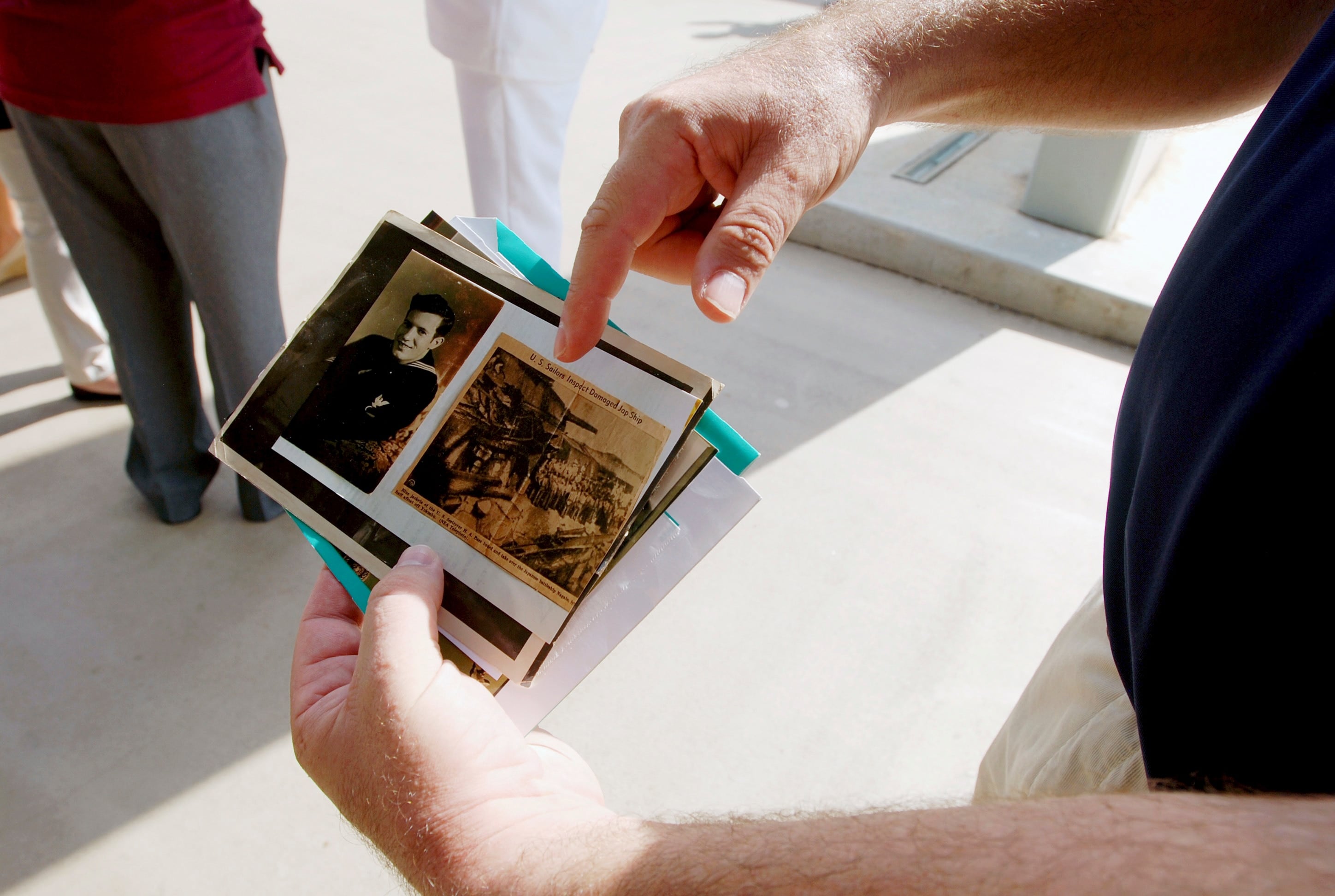PEARL HARBOR, Hawaii — A Japanese navy flag that flew on the battleship of the man who planned the attack on Pearl Harbor was donated Thursday to the National Park Service.
Dianne Hall of Salisbury, North Carolina, handed over the flag in a ceremony nearly 75 years after the Dec. 7, 1941, attack that launched the U.S. into World War II.
Hall's father, Robert Hartman, was a U.S. sailor who got the red and white flag showing the sun's rays from the Battleship Nagato after Japan surrendered.
The Nagato was Admiral Isoroku Yamamoto's flagship during the bombing of Hawaii. Yamamoto is credited with being the mastermind of the attack.
Hall said the flag made of wool is deteriorating. It already has a few holes.
"It feels good in my heart that it's going somewhere where it's going to be taken care of and where children, adults — different countries can see this," Hall said.
Her father took the flag Aug. 30, 1945, when U.S. sailors were allowed to take memorabilia from the ship.

Scott Pawlowski, chief of cultural and natural resources for the World War II Valor in the Pacific National Monument, shows a photo of Robert Hartman, after a ceremony at Pearl Harbor, Hawaii, on Thursday. U.S. Navy Seaman Robert Hartman acquired a Japanese navy flag from the Japanese warship Nagato after Japan formally surrendered in 1945 and Hartman's family donated the flag to the National Park Service.
Hall remembers using it as a blanket when she was about 5 and her family using it as a bedspread when she was a child. After that, it was stored away, she said.
She didn't hear the story behind it until the 1970s when her father started talking more about World War II.
Scott Pawlowski, the National Park Service's chief of cultural and natural resources for the museum and visitors center at Pearl Harbor, said officials haven't decided how the flag will be displayed.
He said it's not clear whether the flag was flying on the Nagato when Yamamoto ordered the attack. But he said it's likely it was on board the ship, which at the time was in port in southern Japan.
Pawlowski said it's a significant donation.
"It's a witness to both the message that Yamamoto sent out for the Japanese to proceed with the attack on Dec. 7 and it participated in the attack from a distance, providing cover screening as the fleet was returning from Hawaiian waters," he said.





